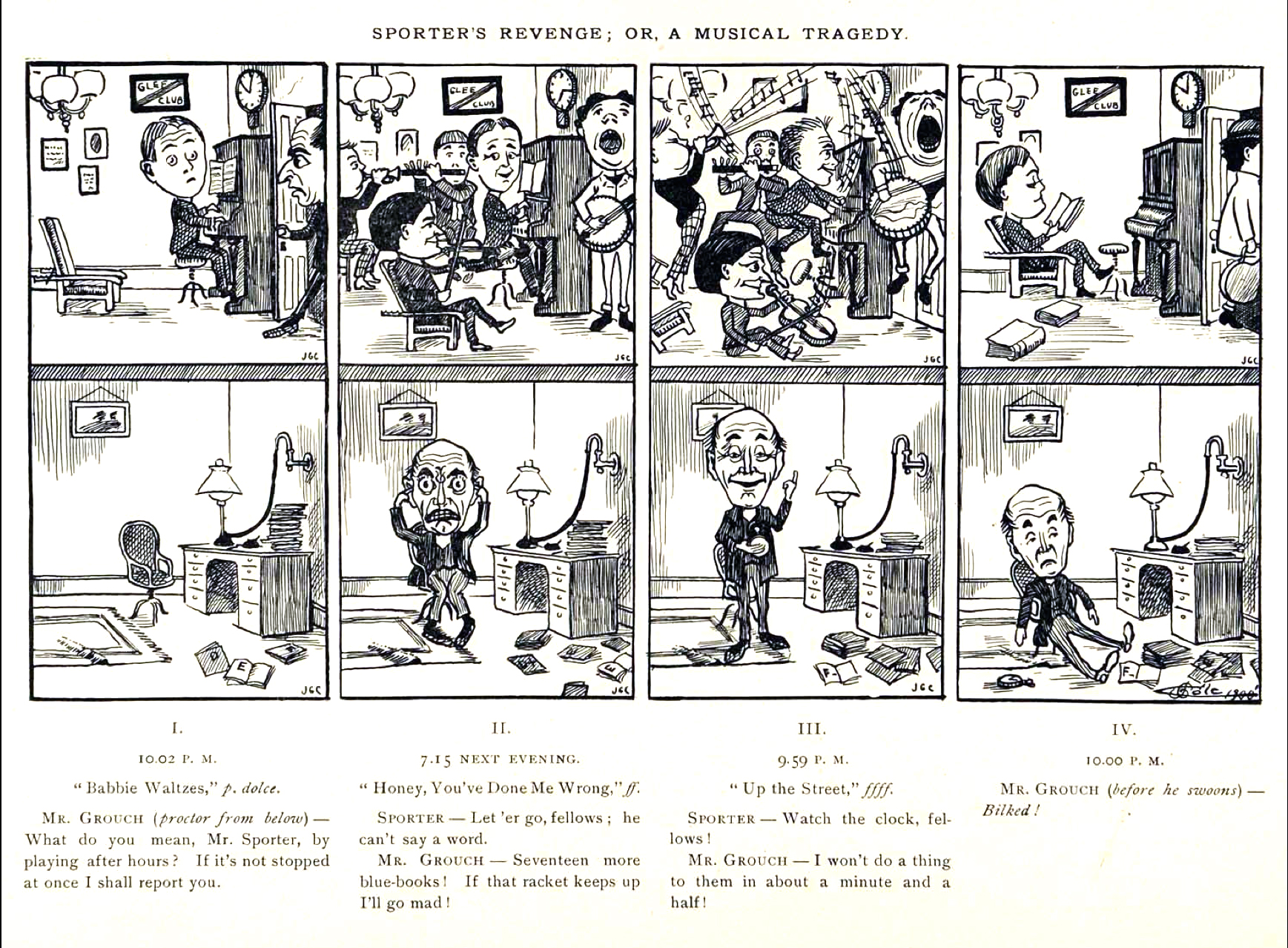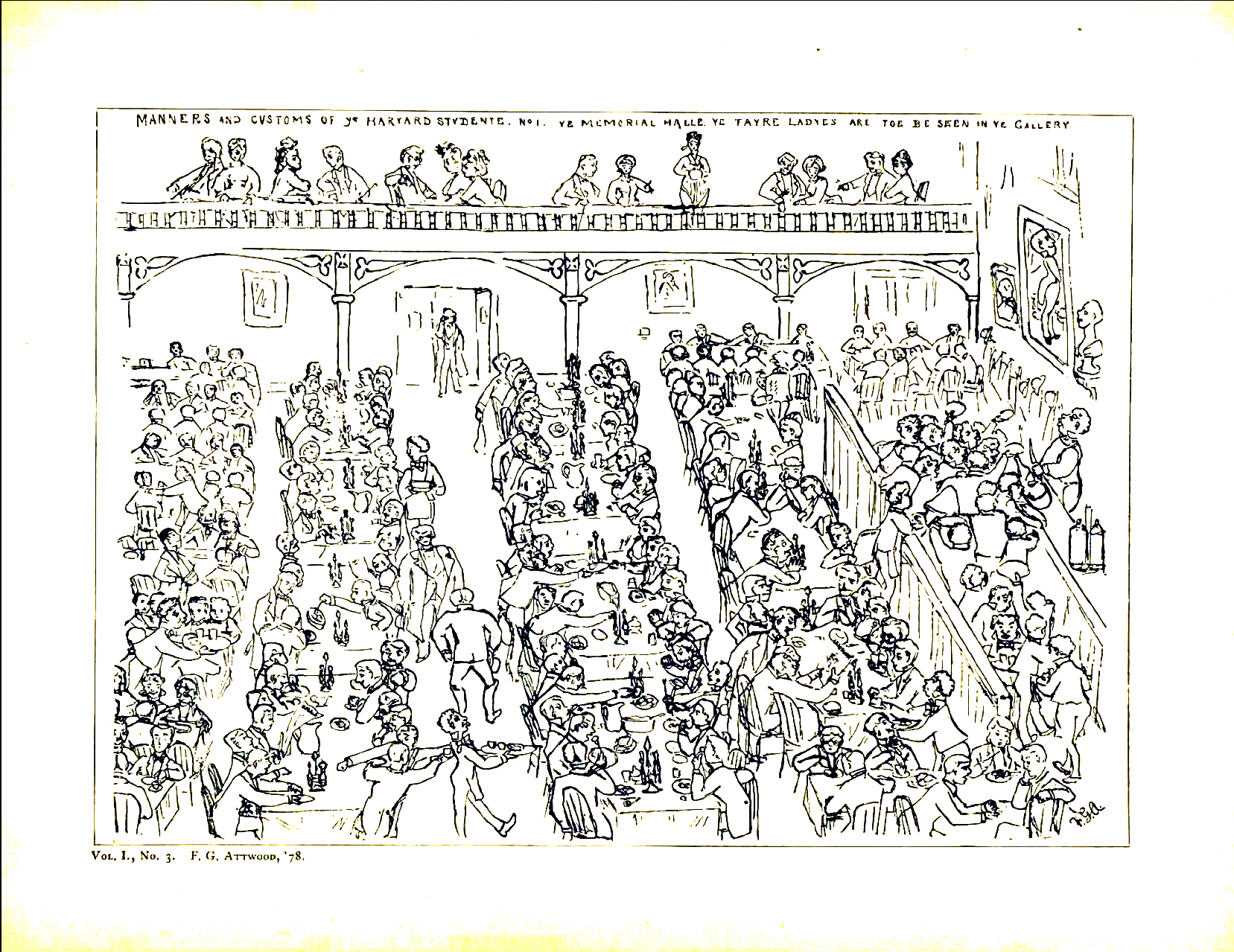We are absolutely delighted to name this year’s Franklin Delano Roosevelt Global Fellows:
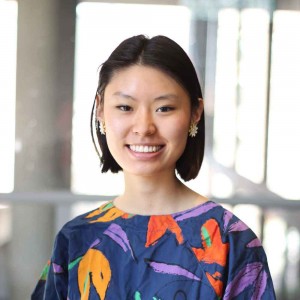 Jessica Min ’18 of Quincy House and Melbourne, Australia will be traveling to Paris to undertake an internship with the United Nations Environment Program, examining sustainable consumption and production patterns in China and India. Drawing upon her interest in politics in the Asia-Pacific, she will be working on developing regional EU-Asia policy to promote international trade. She will also help set up a conference for trade negotiations between EU countries and China in August, in which she will assist in welcoming a Chinese delegation in Europe.
Jessica Min ’18 of Quincy House and Melbourne, Australia will be traveling to Paris to undertake an internship with the United Nations Environment Program, examining sustainable consumption and production patterns in China and India. Drawing upon her interest in politics in the Asia-Pacific, she will be working on developing regional EU-Asia policy to promote international trade. She will also help set up a conference for trade negotiations between EU countries and China in August, in which she will assist in welcoming a Chinese delegation in Europe.
A sophomore concentrating in economics, Jessica is a news writer for the Harvard Crimson on gender and sexuality issues on campus, the food/in-kind director of the largest undergraduate-run shelter, Harvard Square Homeless Shelter, and a unit test grader for Professor Greg Mankiw’s “Ec 10: Introduction to Economics” course. She also serves on the student advisory board of Harvard’s Fairbank Center for Chinese Studies, providing advice on increasing student interest in China. As someone who hopes to pursue a career in international development, Jess is passionate about examining the nexus of poverty, climate change and migration to develop practical solutions to improve living standards in the Asia-Pacific. Given the historical agreement between US and China to jointly reduce carbon emissions, Jess is both inspired and interested in finding collaborative approaches to minimize global warming’s impact on livelihoods.
In addition to being an FDR Global Fellow, Jess has been named the 2016 Lillian Goldman Scholar.
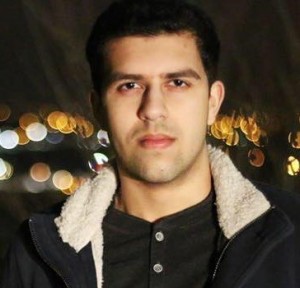 Farhan Javed ’18 of Currier House and Tulsa, Oklahoma, will be traveling to Dilijan, Armenia this summer to intern at the Central Bank of Armenia to investigate methods of accelerating economic privatization as Armenia moves away from its Soviet centralized-planning past to a free market. During his 9-week program, Farhan will utilize statistical methods to research and propose methods of liberalization that will be aimed at reforming the nation’s current economic system to create an environment conducive to prosperity for the masses that continue to live in stagnation.
Farhan Javed ’18 of Currier House and Tulsa, Oklahoma, will be traveling to Dilijan, Armenia this summer to intern at the Central Bank of Armenia to investigate methods of accelerating economic privatization as Armenia moves away from its Soviet centralized-planning past to a free market. During his 9-week program, Farhan will utilize statistical methods to research and propose methods of liberalization that will be aimed at reforming the nation’s current economic system to create an environment conducive to prosperity for the masses that continue to live in stagnation.
A sophomore concentrating in Economics, Farhan is passionate about macroeconomics, specifically its application to foster growth in developing countries. Immigrating to the United States at a young age and growing up as a Pakistani-American, Farhan has felt that he has feet planted in different parts of the world. This background has spurred his curiosity of understanding why there is such global disparity in wealth. Furthermore, Farhan is fascinated by history and culture. He believes that working in an environment such as Armenia, a place that may seem obscure to many, will deepen his understanding of pluralism. Farhan is currently active in the Harvard Pakistan Student Association, writes global affair analysis pieces for the Harvard International Review, works as a Business Associate in the Harvard Crimson, and serves on the board of the Veritas Financial Group. He plans to work in either consulting or finance after graduation and later transition to policy and international affairs.
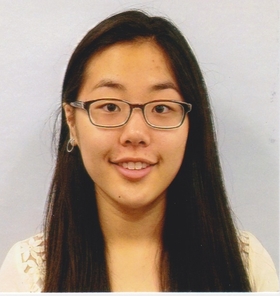 Juliet Kim ’18 of Quincy House and the Bronx, New York, will be traveling to Trento, Italy this summer to participate in the Harvard Summer School program in Mind, Brain, and Behavior. During this eight-week program, she will take two courses on different methods used to study the minds and brains of humans and of other animals, and how the discovery of common structures, mechanisms, and/or behavior between the two can provide a window into the evolutionary pathway that has made us who we are today.
Juliet Kim ’18 of Quincy House and the Bronx, New York, will be traveling to Trento, Italy this summer to participate in the Harvard Summer School program in Mind, Brain, and Behavior. During this eight-week program, she will take two courses on different methods used to study the minds and brains of humans and of other animals, and how the discovery of common structures, mechanisms, and/or behavior between the two can provide a window into the evolutionary pathway that has made us who we are today.
A sophomore concentrating in Human Developmental and Regenerative Biology, with a potential secondary in Mind, Brain, and Behavior, Juliet is very much interested in learning about the development of human consciousness, and in learning about how this is similar to/ differs from the consciousness of other species. Outside of classes, Juliet is a co-director of the Harvard College Alzheimer’s Buddies, a co-Vice President of Harvard Team HBV (Hepatitis B Virus), a Peer Advising Fellow, and a tutor with the Boston Refugee Youth Enrichment after school program. As a pre-medical student from a city with one of the nation’s highest rates of income inequality, she is passionate about supporting the underprivileged, and hopes to work in public health in addition to becoming a doctor.
The Foundation in particular wishes to thank the three anonymous donors who made this year’s award possible. Without them, we would not have been able to send any of these wonderful candidates, as our scholarship fund is empty. If you, or someone you know, wishes to to aid this laudable program, please contact michael.weishan@fdrfoundation.org For general information about the Global Fellowships click HERE. Award Criteria are to be found HERE.

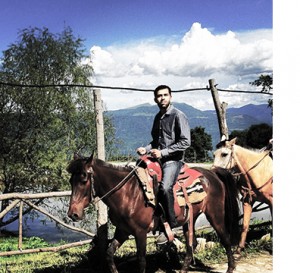 effects for Armenia. This actually has far reaching implications because it means that central banks ought to view a good chunk of oil-importing small open economies (which the majority of developing nations are) as oil-exporters when it comes to combating fluctuations if they have strong trade linkages to oil-exporters. This sort of insight can change the way governments from these countries pursue trade policies and respond to adverse shocks around the world to better safeguard against global crises, benefiting the lives of their citizens.
effects for Armenia. This actually has far reaching implications because it means that central banks ought to view a good chunk of oil-importing small open economies (which the majority of developing nations are) as oil-exporters when it comes to combating fluctuations if they have strong trade linkages to oil-exporters. This sort of insight can change the way governments from these countries pursue trade policies and respond to adverse shocks around the world to better safeguard against global crises, benefiting the lives of their citizens.
 Jessica Min ’18 of Quincy House and Melbourne, Australia will be traveling to Paris to undertake an internship with the United Nations Environment Program, examining sustainable consumption and production patterns in China and India. Drawing upon her interest in politics in the Asia-Pacific, she will be working on developing regional EU-Asia policy to promote international trade. She will also help set up a conference for trade negotiations between EU countries and China in August, in which she will assist in welcoming a Chinese delegation in Europe.
Jessica Min ’18 of Quincy House and Melbourne, Australia will be traveling to Paris to undertake an internship with the United Nations Environment Program, examining sustainable consumption and production patterns in China and India. Drawing upon her interest in politics in the Asia-Pacific, she will be working on developing regional EU-Asia policy to promote international trade. She will also help set up a conference for trade negotiations between EU countries and China in August, in which she will assist in welcoming a Chinese delegation in Europe. Farhan Javed ’18 of Currier House and Tulsa, Oklahoma, will be traveling to Dilijan, Armenia this summer to intern at the Central Bank of Armenia to investigate methods of accelerating economic privatization as Armenia moves away from its Soviet centralized-planning past to a free market. During his 9-week program, Farhan will utilize statistical methods to research and propose methods of liberalization that will be aimed at reforming the nation’s current economic system to create an environment conducive to prosperity for the masses that continue to live in stagnation.
Farhan Javed ’18 of Currier House and Tulsa, Oklahoma, will be traveling to Dilijan, Armenia this summer to intern at the Central Bank of Armenia to investigate methods of accelerating economic privatization as Armenia moves away from its Soviet centralized-planning past to a free market. During his 9-week program, Farhan will utilize statistical methods to research and propose methods of liberalization that will be aimed at reforming the nation’s current economic system to create an environment conducive to prosperity for the masses that continue to live in stagnation. Juliet Kim ’18 of Quincy House and the Bronx, New York, will be traveling to Trento, Italy this summer to participate in the Harvard Summer School program in Mind, Brain, and Behavior. During this eight-week program, she will take two courses on different methods used to study the minds and brains of humans and of other animals, and how the discovery of common structures, mechanisms, and/or behavior between the two can provide a window into the evolutionary pathway that has made us who we are today.
Juliet Kim ’18 of Quincy House and the Bronx, New York, will be traveling to Trento, Italy this summer to participate in the Harvard Summer School program in Mind, Brain, and Behavior. During this eight-week program, she will take two courses on different methods used to study the minds and brains of humans and of other animals, and how the discovery of common structures, mechanisms, and/or behavior between the two can provide a window into the evolutionary pathway that has made us who we are today.
